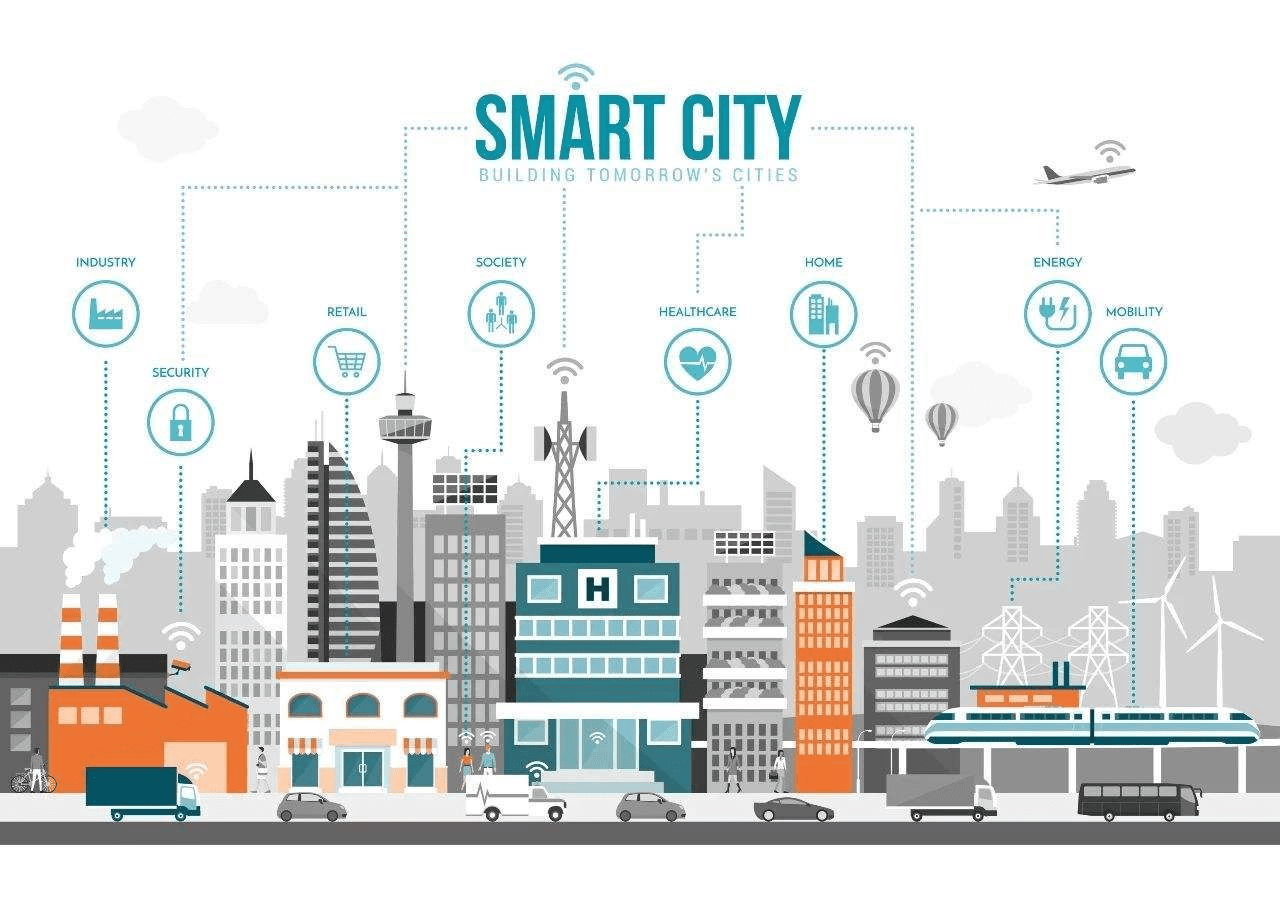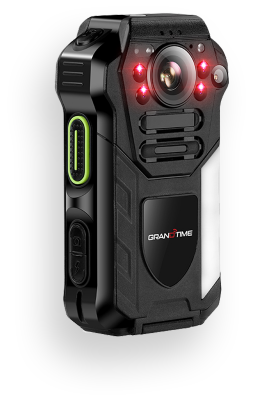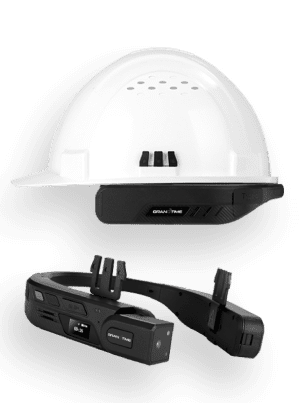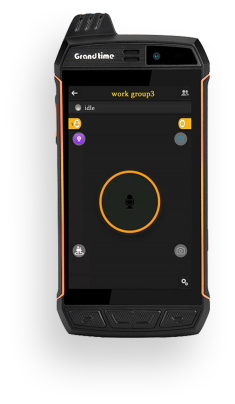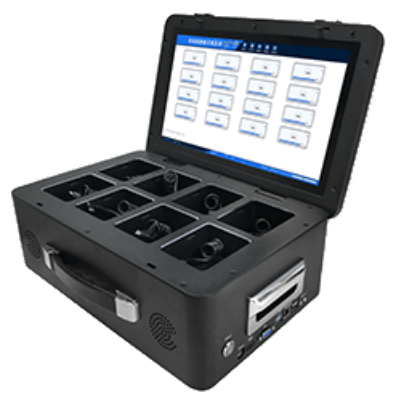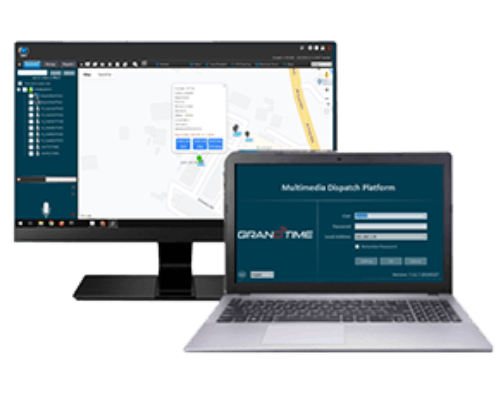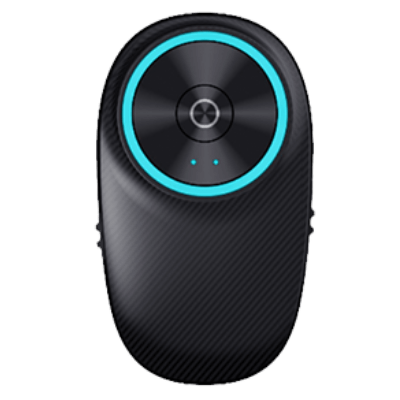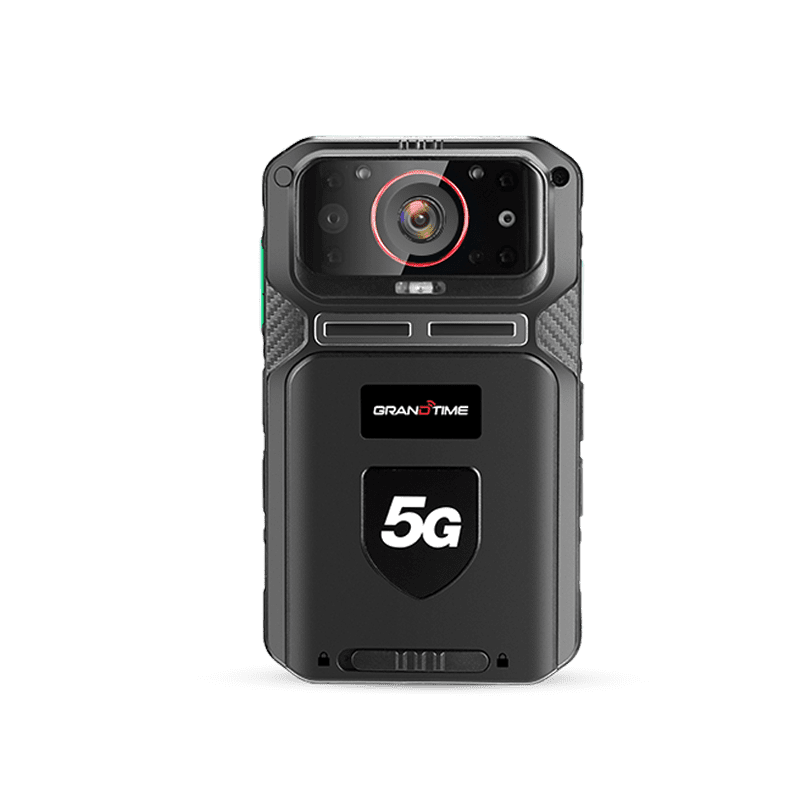The mission of 5G is to empower all industries in their digital transformation, and it will certainly play an important role in building 5G City. The application of 5G in urban governance is mainly found in five areas, and there are numerous scenarios for each area.
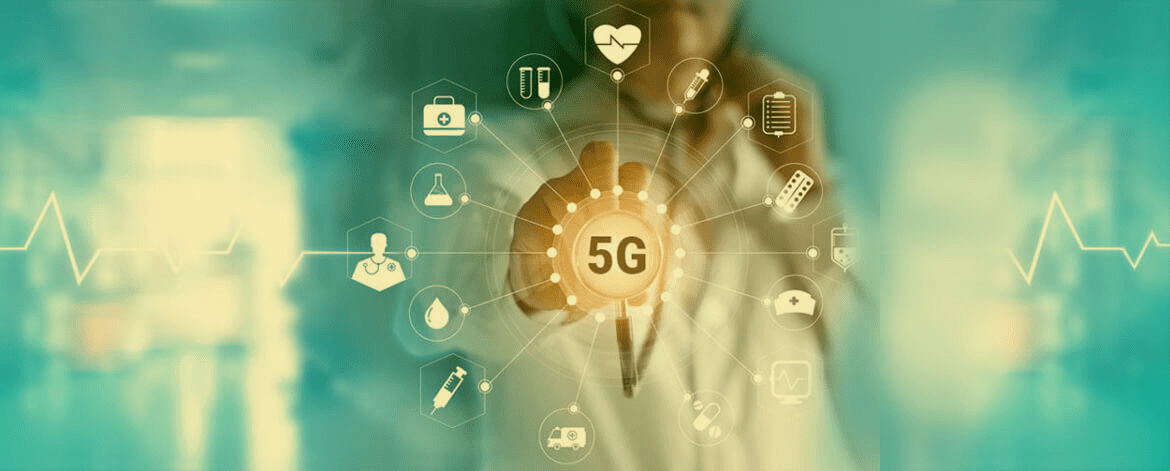
Transportation & Logistics:
5G can be applied to public transportation, transportation management, transportation supervision, transportation hubs, road and bridge maintenance, harbor and shipping management, and travel assistance. For example, 5G allows driver fatigue detection, steering wheel snatching alarm, bus priority enforcement, arrival reminder, and crowding monitoring in intelligent buses. When it comes to subways, 5G fuels safety inspection of tunnels and trains, intelligent cloud security inspection, and face recognition at gates. In ports, 5G enables remote control of high attitude cranes, automatic driving of container trucks, and remote driving control. In addition, 5G can help traffic police to analyze traffic accidents, intelligently adjust traffic signals, quickly check driver’s licenses, and real-time transmission of videos in traffic police’s body camera.
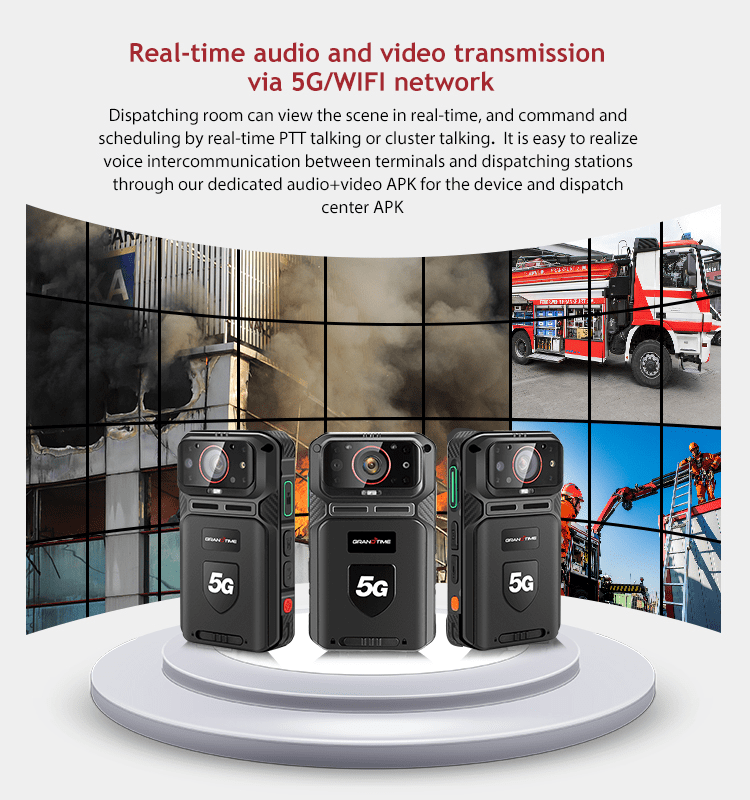
Emergency services:
5G can be applied to public security, emergency response, epidemic prevention and control, fire fight, disaster prevention and control, safety supervision, etc. For example, 5G allows real-time policy body camera, guard robot control, UAV/unmanned patrol car, assisted reconnaissance of cases; and remote control of fire rescue robots/UAVs, connections of firefighters' smart helmets/AR glasses; and pre-hospital emergency response in smart ambulances, VR/AR training for emergency personnel, infrared thermal sensor data transmission, social distance monitoring during epidemics; and early warning and emergency disposal of flood, earthquake, tsunami, hurricane, landslide and other natural disasters, real-time information collection and delivery; as well as gas use safety supervision and hazardous materials storage safety supervision.
Environmental protection:
5G can be applied to ecological monitoring, garbage collection, pollution prevention, greening and farmland protection, biodiversity protection, carbon emission management and urban appearance management. For example, 5G enables source tracing of high-rise littering, river garbage cleaning by unmanned boats; and automobile exhaust monitoring, factory discharge monitoring; and forest/green land anti-deforestation and antidestruction, forest fire-prevention, arable land usage monitoring; as well as endangered animal and plant protection, marine pollution monitoring, and biodiversity monitoring.
Citizen services:
5G can be introduced in community management, elderly and disabled assistance, radio and television, cultural tourism, sports and entertainment, civil administration, social security and medical insurance management, children's assistance, etc. For example, 5G supports community entrance and exit monitoring, elevator monitoring, parking management; and chronic disease management for the elderly, robot escort for the elderly living alone, intelligent glasses for blind people to see the roads and read books; and interactive museum exhibits and display of changes in tourist attractions; and multi-angle display and immersive experience of sports events and art activities; as well as lost children search and rescue, and prevention from getting lost for the elderly and mental or physical patients.
Digital government:
5G can be applied to city brain, digital twin city, business administration, customs and justice, fiscal management, public opinion collection, etc. Specific scenarios include rapid data collection and mobile office for one-stop service, production process supervision, taxation audit, end-to-end customs import and export goods monitoring, mobile court, government news pushing, and digital persons for citizen interaction.
